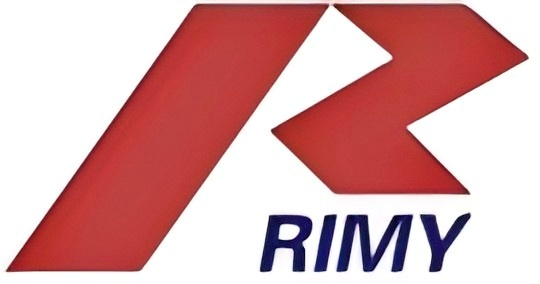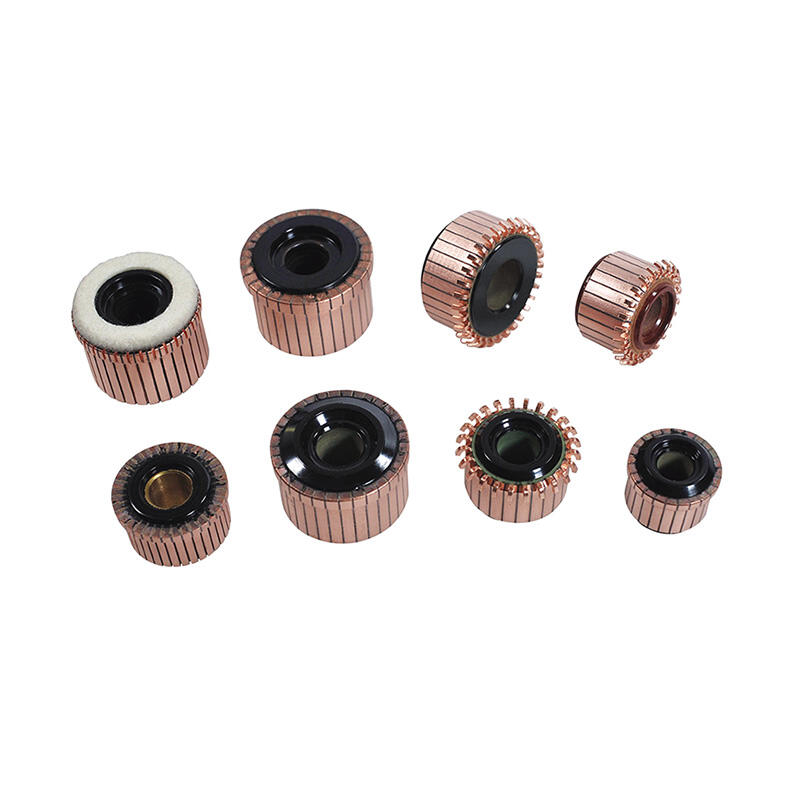Mastering Industrial Automation: G-Code Programming for Stator Manufacturing
The evolution of electric motor manufacturing has reached new heights with the integration of automated stator winding machines. These sophisticated systems have revolutionized the production process, offering unprecedented precision and efficiency in creating electric motor components. Understanding how to program a stator winding machine using G-code is essential for modern manufacturing professionals who aim to optimize their production capabilities and maintain competitive advantage in the industry.
As manufacturers continue to embrace automation, the demand for skilled programmers who can effectively operate stator winding machines has grown significantly. This comprehensive guide will explore the fundamental aspects of G-code programming specifically for stator winding applications, helping you navigate the complexities of automated motor assembly.
Understanding G-Code Fundamentals for Stator Winding
Basic G-Code Structure and Syntax
G-code, the language of CNC machines, forms the backbone of stator winding machine programming. Each line of code represents a specific command that controls the machine's movements and operations. The basic structure includes coordinate systems, movement commands, and specialized functions designed for winding operations.
When programming a stator winding machine, you'll encounter common G-code commands such as G00 for rapid positioning, G01 for linear interpolation, and G02/G03 for circular movements. These commands work in conjunction with axis coordinates (X, Y, Z) and additional parameters to define the precise winding patterns required for different stator designs.
Critical Parameters for Winding Operations
Successful stator winding requires careful attention to several key parameters in your G-code program. These include wire tension control, winding speed, layer spacing, and turn count accuracy. The program must account for wire diameter, slot dimensions, and insulation requirements to ensure proper coil formation.
Advanced stator winding machines often incorporate specialized G-code commands for managing these parameters automatically. Understanding how to implement these commands effectively can significantly impact the quality and consistency of your wound stators.
Programming Techniques for Different Winding Patterns
Concentrated Winding Programming
Concentrated winding patterns require precise control over the wire placement within individual slots. The G-code program must define exact entry and exit points, maintaining consistent tension throughout the winding process. This involves creating specific subroutines that can be called repeatedly for each coil group.
Programming for concentrated windings typically includes specialized commands for slot insulation insertion, wire forming, and end-turn shaping. These operations must be carefully sequenced to prevent wire tangling and ensure optimal slot fill factors.
Distributed Winding Automation
Distributed winding patterns present unique programming challenges due to their complex overlapping nature. The G-code must coordinate multiple axes simultaneously to achieve the correct coil span and distribution. This requires advanced programming techniques for managing wire paths and avoiding interference between adjacent coils.
Successful programming for distributed windings often involves creating modular code segments that can be easily modified to accommodate different slot combinations and pole configurations. This approach enhances program flexibility and reduces setup time for new stator designs.
Optimizing Machine Parameters and Performance
Speed and Acceleration Control
The performance of a stator winding machine depends heavily on properly programmed speed and acceleration parameters. G-code programs must balance maximum production speed with precise wire placement and tension control. This involves careful consideration of acceleration and deceleration rates at critical points in the winding pattern.
Advanced programming techniques include variable speed control based on winding angle and position, helping to maintain consistent wire tension and prevent damage to delicate magnet wire during high-speed operations.
Quality Control Integration
Modern stator winding machines incorporate various quality control features that must be properly programmed into the G-code. This includes monitoring systems for wire tension, detecting wire breaks, and verifying turn counts. The program should include automatic error detection and recovery procedures to minimize production interruptions.
Implementing proper quality control parameters in your G-code ensures consistent winding quality and reduces the likelihood of defective stators reaching final assembly. This proactive approach to quality management significantly improves overall production efficiency.
Troubleshooting and Program Optimization
Common Programming Challenges
Even experienced programmers encounter challenges when working with stator winding machines. Common issues include irregular wire spacing, inconsistent tension, and end-turn formation problems. Understanding how to identify and correct these issues through G-code modifications is crucial for maintaining production quality.
Developing systematic troubleshooting procedures and maintaining detailed documentation of program changes helps create a knowledge base for future optimization efforts. This approach accelerates problem resolution and improves overall machine reliability.
Performance Enhancement Strategies
Continuous improvement of stator winding programs involves analyzing production data and implementing strategic optimizations. This might include fine-tuning acceleration profiles, optimizing wire path trajectories, or implementing advanced winding algorithms to reduce cycle times while maintaining quality standards.
Regular program optimization helps maintain competitive advantage by reducing production costs and improving stator quality. This process should be guided by detailed performance metrics and practical production experience.
Frequently Asked Questions
What are the essential G-code commands for stator winding?
Essential G-code commands for stator winding include positioning commands (G00, G01), circular interpolation commands (G02, G03), and specialized functions for wire tension control and turn counting. Additional machine-specific commands may be required depending on the equipment manufacturer.
How can I optimize winding speed without compromising quality?
Optimize winding speed by carefully balancing acceleration parameters, implementing variable speed control based on winding position, and utilizing advanced path planning algorithms. Regular monitoring and adjustment of these parameters ensure maximum efficiency while maintaining consistent wire placement and tension.
What are the key factors in preventing wire breakage during high-speed winding?
Prevent wire breakage by maintaining proper tension control, implementing smooth acceleration profiles, and ensuring proper alignment of wire guide components. The G-code program should include monitoring systems and automatic adjustments to prevent excessive stress on the wire during high-speed operations.
How often should winding programs be updated and optimized?
Winding programs should be reviewed and optimized regularly, typically every 3-6 months or when introducing new stator designs. Continuous monitoring of production metrics and quality indicators helps identify opportunities for program enhancement and efficiency improvements.

